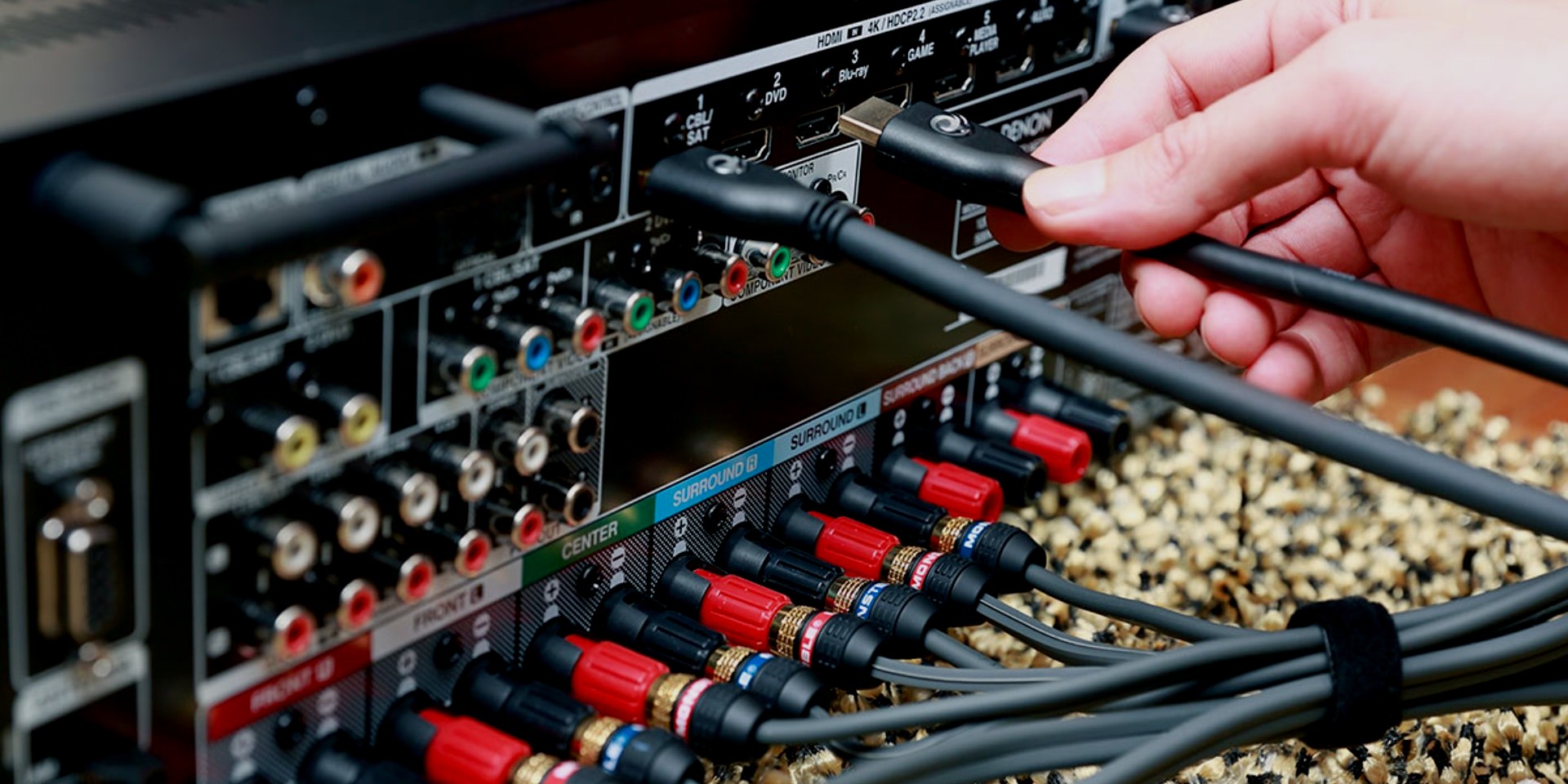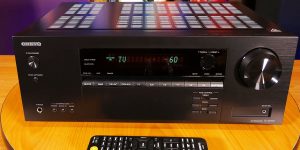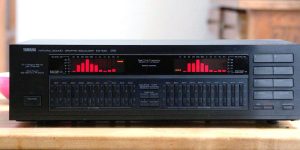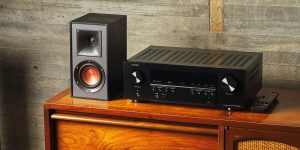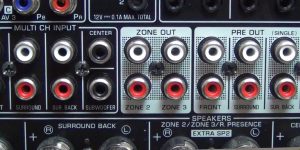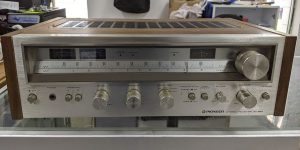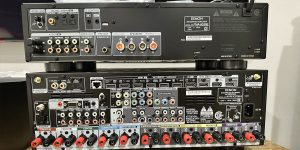One of the great challenges for home audio enthusiasts is connecting a subwoofer to a receiver when the receiver does not have a dedicated subwoofer output. Of course, this can be done, but it takes a bit of know-how and some trial and error.
This article will walk you through the steps necessary to make the connection. So, whether you are looking to add some extra bass to your music or want to improve your home theater experience, keep reading!
Why don’t some receivers have a subwoofer output?
Most receiver manufacturers include a subwoofer output on their receivers. However, there are a few reasons why some receivers don’t have a subwoofer output.
The most common reason is that the receiver is not powerful enough to drive a subwoofer. It is especially true of lower-end receivers.
Another reason is that the receiver doesn’t have enough channels to support a subwoofer. For example, some 5.1 receivers only have five channels, so they can’t provide the extra power needed to drive a subwoofer.
Finally, some receivers simply don’t have subwoofer outputs because the manufacturers don’t think they’re necessary.
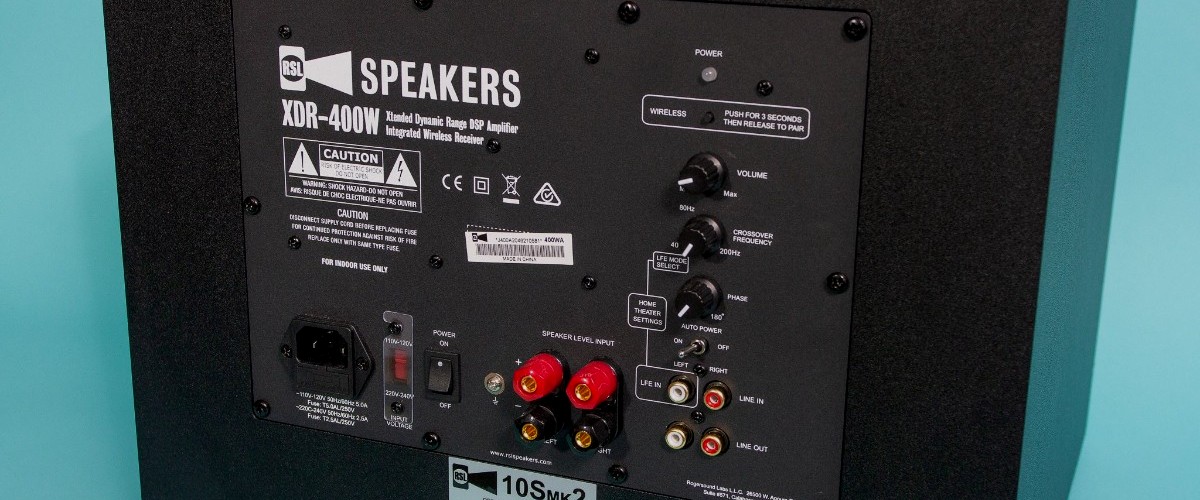
Two types of subwoofer connections
There are two main types of subwoofer connections, passive and active.
Passive subwoofers do not have their amplifier and must be connected to an amplifier or receiver to work.
Active subwoofers have their own built-in amplifier and can be connected directly to a receiver without needing an additional amplifier.
Each type of subwoofer connection has its own set of pros and cons. For example, passive subwoofers are typically less expensive than active subwoofers, but they require an additional amplifier or receiver to work. On the other hand, active subwoofers are more expensive than passive subwoofers, but they do not require an additional amplifier or receiver to work.
Three methods of connection
Connecting a subwoofer to a receiver by using a Y-Splitter Cable
One of the easiest ways to connect a subwoofer to a receiver without a subwoofer output is to use a Y-splitter cable. This cable type has two male RCA connectors on one end and one female RCA connector on the other. The two male RCA connectors are used to connect the left and right audio signals from the receiver to the splitter cable. The female RCA connector connects the splitter cable to the subwoofer.
Pros and cons of this method
One of the most significant advantages of this method is that it is very simple to set up and does not require any special equipment. Additionally, this method is relatively inexpensive and only requires a single cable.
However, there are a few disadvantages to this method as well. One of the biggest disadvantages is that this method can introduce some signal loss due to the fact that the audio signal is being split between the two devices. Additionally, this method will not work with receivers with only one speaker output set and only with passive subwoofers.
Connecting a subwoofer to a receiver by using a Speaker-Level to Line-Level Converter
The second method that can be used to connect a subwoofer to a receiver without a subwoofer output is by using a speaker-level to the line-level converter. This method is a bit more complex than the first one, but it will allow you to connect a subwoofer to a receiver with only one speaker output set.
To use this method, you first need to purchase a speaker-level to the line-level converter. These converters can be found at most electronics stores or online. Once you have a converter, connect the receiver’s left and right speaker outputs to the left and right inputs on the converter. Then, connect the converter’s left and right outputs to the subwoofer’s left and right inputs.
Pros and cons of this method
One of the biggest advantages of this method is that it does not introduce any signal loss. Additionally, this method will work with receivers with only one speaker output set.
One of the biggest disadvantages is that this method can be more expensive than the first method due to the need for a converter. Additionally, this method can be more complex to set up than the first method. Besides, it will not work with receivers with only one speaker output set.
Connecting a subwoofer to a receiver by using a Pre-amplifier
A pre-amplifier is the third and final method you can use to connect a subwoofer to a receiver without a subwoofer output. This method is the most complex of the three methods, but it will allow you to connect a subwoofer to any type of receiver.
To use this method, you will first need to purchase a pre-amplifier. You can find these amplifiers at most electronics stores or online. Once you have an amplifier, connect the left and right outputs on the receiver to the left and right inputs on the amplifier. Then, connect the amplifier’s left and right outputs to the subwoofer’s left and right inputs.
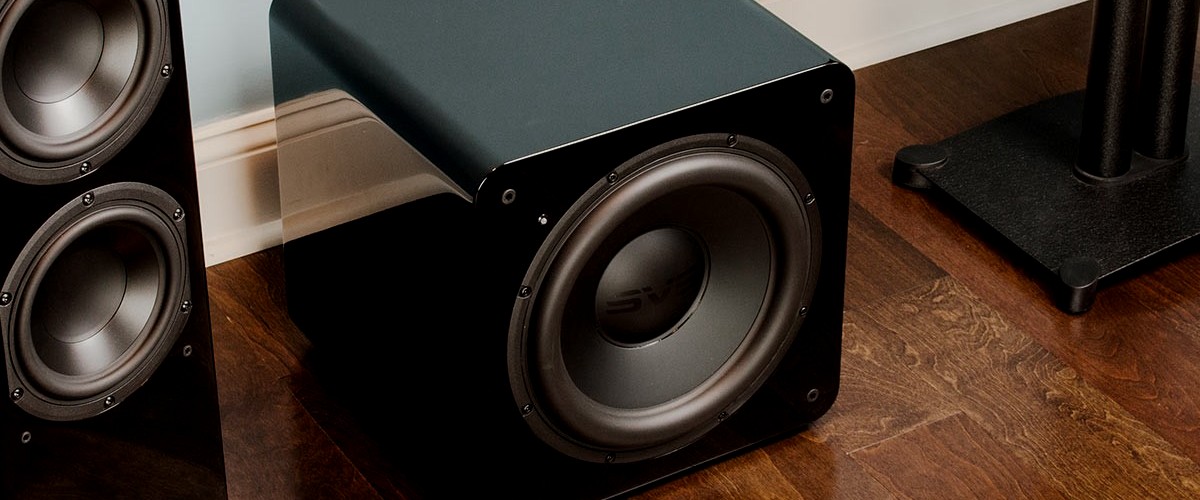
Pros and cons of this method
One of the biggest advantages of this method is that it does not introduce any signal loss. Additionally, this method will work with any type of receiver.
One of the biggest disadvantages is that this method can be more expensive than the first two methods due to the need for an amplifier. Additionally, this method can be more complex to set up than the first two methods.
Which method is best?
The best method for connecting a subwoofer to a receiver without a subwoofer output will depend on your specific situation.
If you have a receiver with only one speaker output set, then the best method for you would be the second method using a speaker-level to the line-level converter.
If you have a receiver with multiple speaker outputs and you are looking for the simplest method possible, then the first method would be the best for you.
Finally, if you have a receiver with multiple speaker outputs and you are looking for the best sound quality possible, then the third method using a pre-amplifier would be the best for you. Whichever method you choose, make sure to follow the instructions carefully to avoid any damage to your equipment.

